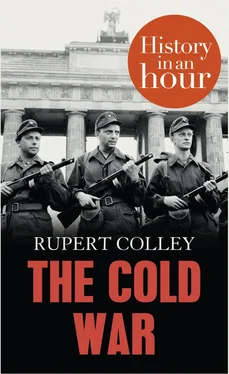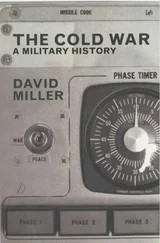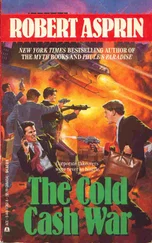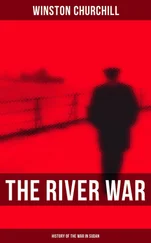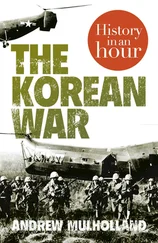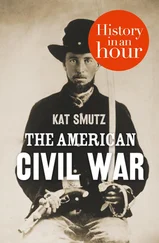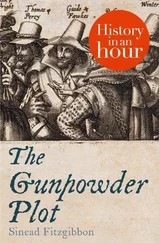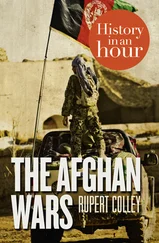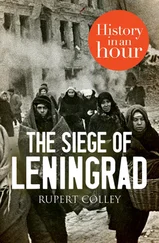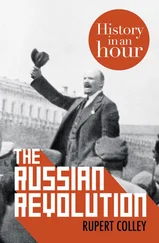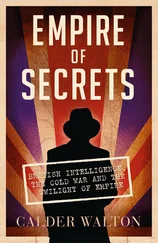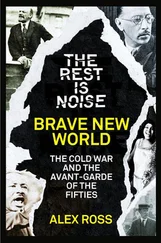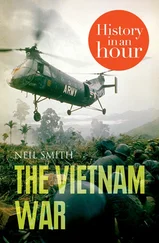If Stalin’s aim was to force the Western powers out of Berlin, it backfired. During the 323 days of the Berlin Airlift (pictured below), US and British planes supplied West Berlin with 1.5 million tons of supplies, a plane landing every 3 minutes. Three years earlier, the Allies had been dropping bombs over Berlin, now, the West Berliners joked, they were dropping potatoes. On 12 May, 1949, Stalin, knowing he couldn’t risk shooting down the planes, and realizing the PR disaster he’d caused, lifted the blockade.
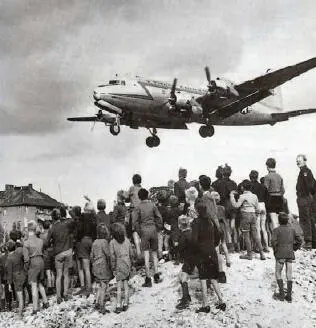
The Berlin Airlift: Berliners watching a US plane land at Berlin Tempelhof Airport, 1948
The political division of Germany became official on 23 May 1949 with the formal proclamation in Bonn of the ‘Federal Republic of Germany’ (West Germany). Five months later, in response, came the proclamation of East Germany with its somewhat misleading title, the ‘German Democratic Republic’.
The Bomb: ‘MAD’ The Bomb: ‘MAD’ The Korean War: Hot War US Anti-Communism: ‘Reds Under the Bed.’ Stalin’s Final Years: ‘I’m finished, I don’t even trust myself’ Khrushchev: ‘Different roads to socialism’ Space Wars: ‘Flopnik’ The Berlin Wall: ‘Berlin is the testicles of the West’ The Cuban Missile Crisis: ‘We’ll all meet together in Hell’ The Vietnam War: Unwinnable Rebellion: 1968 Nixon: ‘Vietnamization’ China, the USA and the Soviet Union: ‘Ping-pong diplomacy’ The Decline of Détente: ‘Lennonism, not Leninism’ Afghanistan: ‘The Soviet Vietnam’ The Polish Pope and Solidarity: ‘The last nails in the coffin of communism’ The Ex-Actor: ‘Regimes planted by bayonets do not take root’ Gorbachev: ‘Mr Gorbachev, tear down this wall!’ 1989: ‘Time to yield power’ The End of the Soviet Union: ‘The threat of a world war is no more’ Appendix 1: Key Players Appendix 2: Timeline of the Cold War Copyright Got Another Hour? About the Publisher Конец ознакомительного фрагмента. Текст предоставлен ООО «ЛитРес». Прочитайте эту книгу целиком, купив полную легальную версию на ЛитРес. Безопасно оплатить книгу можно банковской картой Visa, MasterCard, Maestro, со счета мобильного телефона, с платежного терминала, в салоне МТС или Связной, через PayPal, WebMoney, Яндекс.Деньги, QIWI Кошелек, бонусными картами или другим удобным Вам способом.
On 29 August 1949, in the Kazakhstan desert, Soviet scientists, under the leadership of Lavrenti Beria, Stalin’s chief of secret police, successfully detonated their first atomic bomb, four years after the bombing of Hiroshima and Nagasaki. When the Americans found out they were shocked – they had anticipated that it would take the Soviets until at least 1953 to reach that stage. Armed with information gleaned from spies working for the US atomic industry and with the use of forced labour, the Soviet Union had broken the US’s monopoly. The US then upped the stakes by developing the hydrogen bomb, despite fears that such bombs threatened the very existence of life on earth. But the very thought that the Soviets would develop their own ‘superbomb’ forced the US hand, and on 1 November 1952, on a tiny Pacific island, the US tested the world’s first hydrogen bomb, 1,000 times more powerful than the atomic bomb dropped on Hiroshima.
Less than a year later, on 12 August 1953, the Soviets did indeed test their own H-bomb. The race continued. In March 1954 the Americans detonated a lithium-based hydrogen bomb, the fallout spattering a Japanese fishing boat, the Lucky Dragon , eighty-two miles away. The unlucky crew members fell ill, one eventually dying. In October 1961 the Soviet Union successfully tested the world’s largest bomb – a single explosion that exceeded all explosives used throughout the whole of the Second World War.
The US, concerned over a perceived ‘missile gap’, increasingly used spy planes over Russia to gather information on the strength of the Soviet nuclear capacity. Khrushchev was furious about these intrusions over Soviet airspace but the US U-2s were able to fly at too high an altitude to be brought down. However, in May 1960, days before a four-power summit in Paris, a Soviet fighter plane did finally bring down a U-2. At first Eisenhower insisted it was not a spy plane but a weather plane. But when Khrushchev provided firm evidence, Eisenhower had to confess. Khrushchev then boycotted the Paris talks and relations between the superpowers deteriorated. The U-2 pilot, Gary Powers, was sentenced to ten years imprisonment but released after two in exchange for a Soviet spy in US captivity.
The superpowers knew that these bombs could not be used against each other – to do so would destroy each other and would make the world uninhabitable. To the end of the Cold War the very existence of humanity lay in this fragile balance of deterrence, known as Mutually Assured Destruction or, rather aptly, MAD. The time had come to discuss how to slow down the arms race, and the first of many, rather meaningless, agreements came in 1963 with the signing of the Limited Test Ban Treaty.
The Korean War: Hot War The Korean War: Hot War US Anti-Communism: ‘Reds Under the Bed.’ Stalin’s Final Years: ‘I’m finished, I don’t even trust myself’ Khrushchev: ‘Different roads to socialism’ Space Wars: ‘Flopnik’ The Berlin Wall: ‘Berlin is the testicles of the West’ The Cuban Missile Crisis: ‘We’ll all meet together in Hell’ The Vietnam War: Unwinnable Rebellion: 1968 Nixon: ‘Vietnamization’ China, the USA and the Soviet Union: ‘Ping-pong diplomacy’ The Decline of Détente: ‘Lennonism, not Leninism’ Afghanistan: ‘The Soviet Vietnam’ The Polish Pope and Solidarity: ‘The last nails in the coffin of communism’ The Ex-Actor: ‘Regimes planted by bayonets do not take root’ Gorbachev: ‘Mr Gorbachev, tear down this wall!’ 1989: ‘Time to yield power’ The End of the Soviet Union: ‘The threat of a world war is no more’ Appendix 1: Key Players Appendix 2: Timeline of the Cold War Copyright Got Another Hour? About the Publisher Конец ознакомительного фрагмента. Текст предоставлен ООО «ЛитРес». Прочитайте эту книгу целиком, купив полную легальную версию на ЛитРес. Безопасно оплатить книгу можно банковской картой Visa, MasterCard, Maestro, со счета мобильного телефона, с платежного терминала, в салоне МТС или Связной, через PayPal, WebMoney, Яндекс.Деньги, QIWI Кошелек, бонусными картами или другим удобным Вам способом.
The Korean War: Korean children in front of a US tank
The first major conflict – the first ‘hot war’ of the Cold War – took place in Korea between 1950 and 1953. Ruled by Japan since 1910, Korea rejoiced in Japan’s defeat, and following the end of the Second World War, was split between Soviet and US spheres of influence at the 38th parallel into North and South Korea respectively. In 1948 the newly formed United Nations called for free elections in both the North and the South. The Soviets refused to comply and proclaimed the Democratic People’s Republic of Korea with Kim Il Sung as its chairman. Elections did take place in the South, although they were boycotted by the communists, and Syngman Rhee was elected president of the Republic of Korea.
Читать дальше
